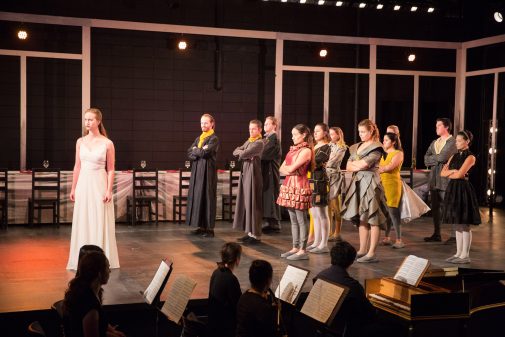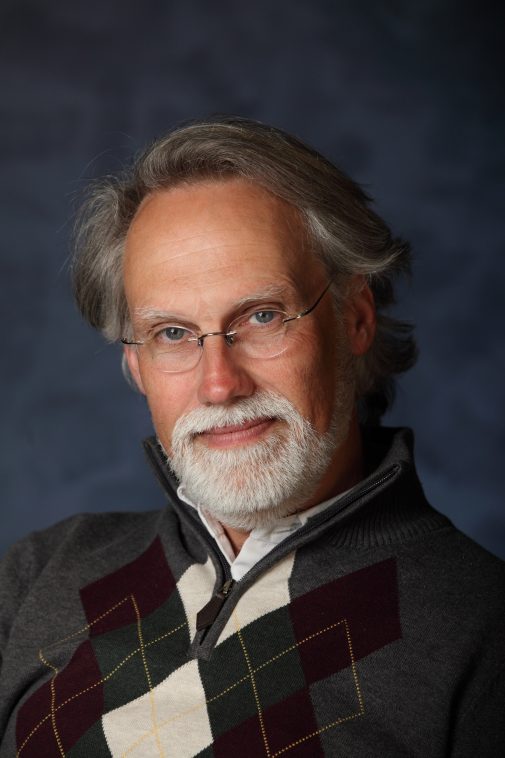Music, Theater to Deliver a Baroque Feast
By
Westmont

Westmont’s music and theater departments collaborate to perform “A Movable Musical Feast,” featuring instrumental and vocal music of the 17th century, in three locations over three days: Thursday, Feb. 2, at 5:30 p.m. at Santa Barbara Museum of Art; Friday, Feb. 3, 7 p.m. at Trinity Episcopal Church; and Saturday, Feb. 4, at 7 p.m. in Westmont’s Kerrwood Hall. In each location, the performance will unfold in various venues. All performances are free.

The musical feast will feature composer Giacomo Carissimi’s “Jephte,” an oratorio based on the story of Jephthah from the Old Testament, with staging by John Blondell, Westmont professor of theater. The program includes chamber works by Biagio Marini and sacred choral music by Claudio Monteverdi.
Grey Brothers, Westmont professor of music, will direct nine Westmont Chamber Singers and five players from Westmont’s instrumental music program.
Each year, the two departments collaborate on a dramatic work. Brothers has a particular affinity for music of the early Baroque, and Blondell delights in giving visual expression to music, hence his desire to give physical movement to “Jephte,” originally intended to be performed unstaged. To prepare the audience for the half-hour “Jephte,” an instrumental prelude of two pieces by Marini will be followed by two choral works by Monteverdi.

Blondell and Brothers hope the audience will leave with a new, deeper appreciation for Italian music of the 17th century, performed less often than works from previous or subsequent eras. They feel Blondell’s movement to Carissimi’s music will help the audience receive the music and the drama with the eyes as well as the ears and the imagination.
“This is a marvelous opportunity for singers and audiences alike,” Blondell says. “It’s terrific to experience the material in a variety of different performance situations and locations, including sacred, museum and open-air sites. The audience will be in close proximity to the musicians, which will help create a singularly intimate experience. The audience will delight in the impact of the virtuosity and depth of feeling required by this very beautiful early Baroque music.”
Filed under
Academics, Arts at Westmont, Campus Events, Faculty and Staff, Featured, Press Releases, Student Stars